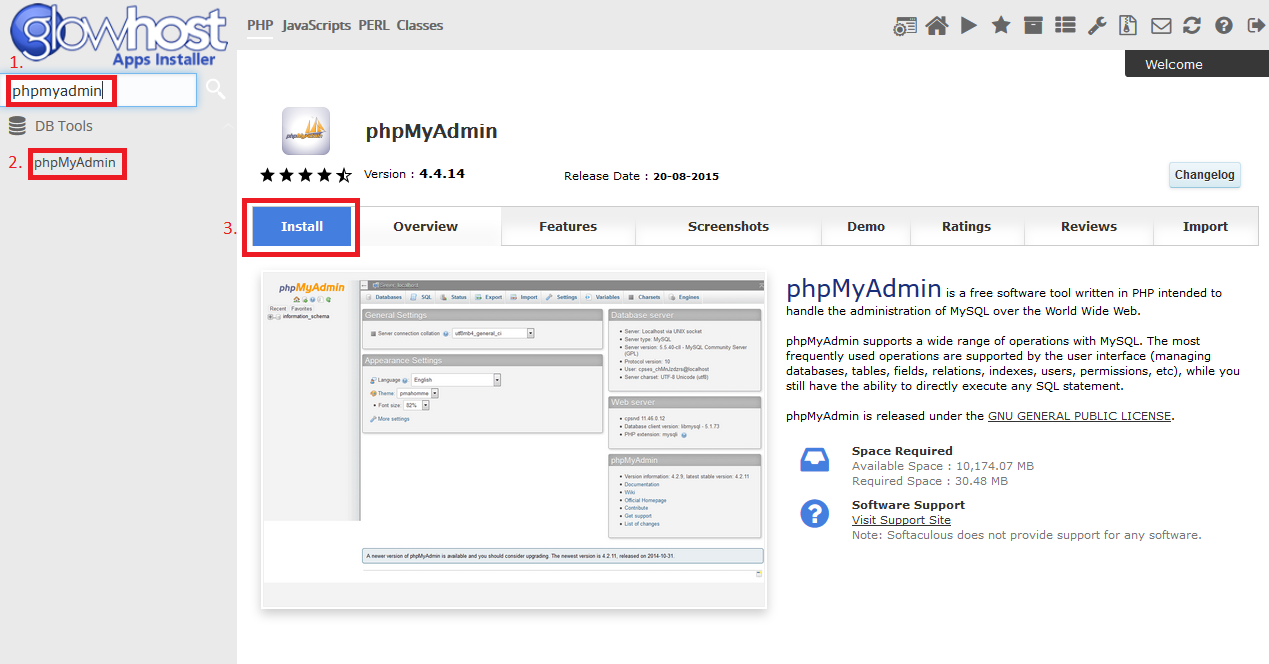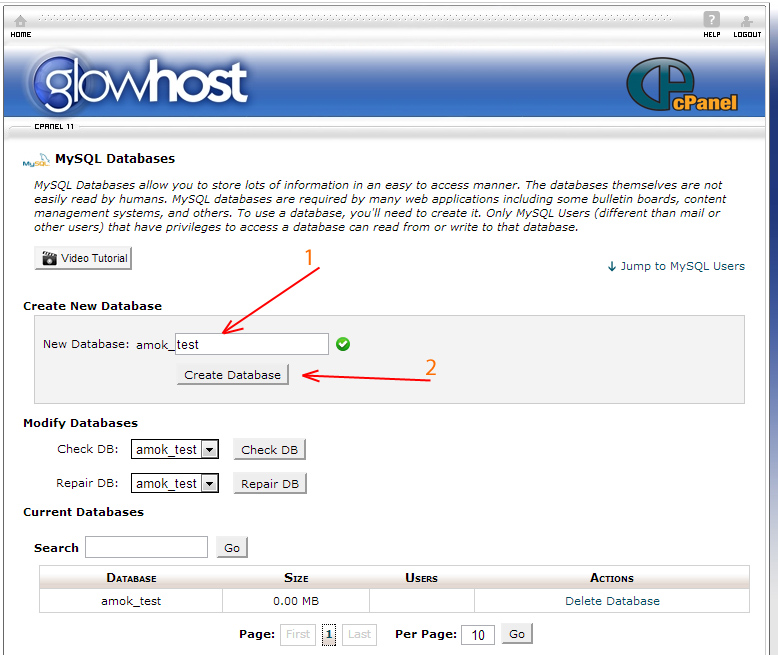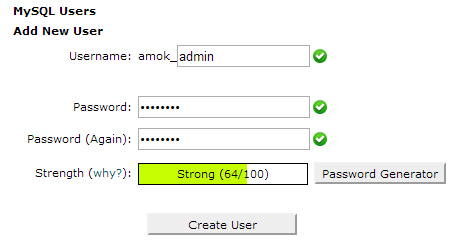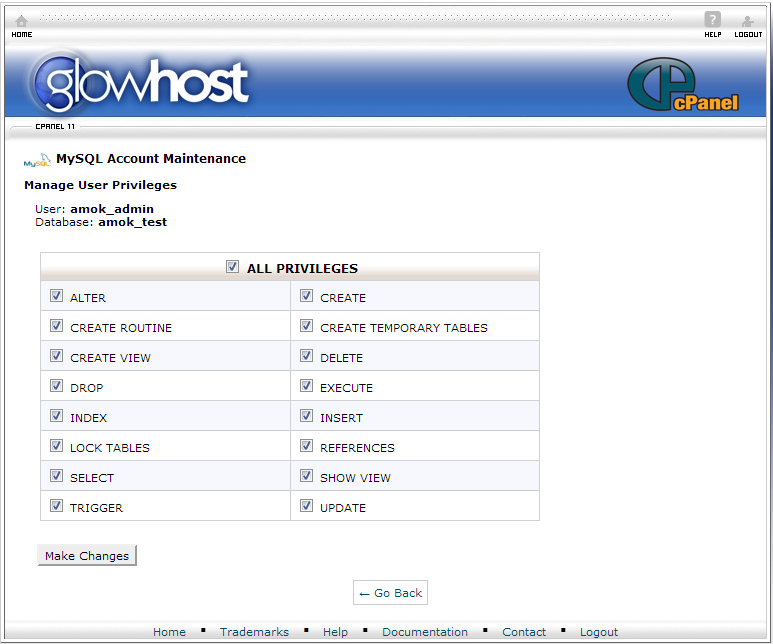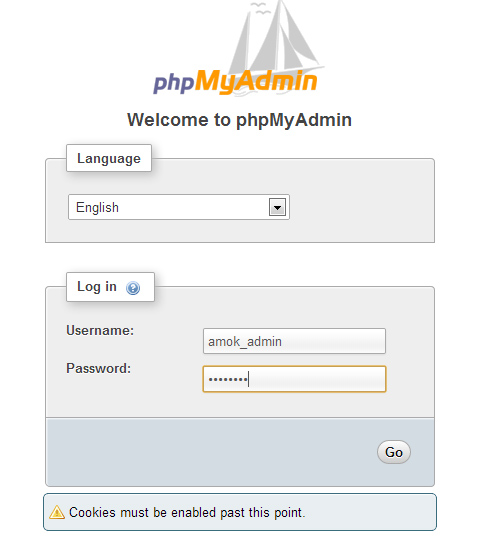PHPMyAdmin is already installed in cPanel and can be used to work with your databases. Anyway, if If you use the PHPMyAdmin that is integrated in cPanel, you will have to login using cPanel details and you will have access to all your databases.
But in case you want to share access for only one or several databases, there is still a solution!
First of all, you need to install PHPMyAdmin separately:
1. Login into cPanel and search for "Softaculous". Click on it.
2. At the Softaculous scripts auto-installer enter "PHPMyAdmin" in search field and press "Enter".
3. Click on the "Install" button. You will need to choose your domain name and folder to install to. You will want to differentiate your folder name so that it doesn't conflict with the current install. After that, confirm the installation by hitting the "Install" button again.
...
4. You will get an email with a link to access your newly installed script. It will be something like "yourdomain.com/folder/". Click on that link.
Ready
It's ready! Now you have a separate PHPMyAdmin installation. If you already have a MySQL username/password, you can enter them and login to manage databases.
Otherwise, you need to create a new database and user:
1. Find the "MySQL databases" icon in cPanel.
2. In the "Create New Database" field, enter your desired database name and click on "Create Database".
3. Same In the same way, add a new MySQL user in the "Add New User" field. Enter the name and password. Enter a strong password for good security.
4. Now you need to allow the new user to be able to access the database you have created. Find the "Add User to Database" field fields and choose what which user should have access to the database. You can allow one user to have access to several databases, just repeat these steps for several times.
...
5. You will see the "Manage User Privileges" area, where you will be able to choose what things a user can do with the database.
6. Bingo! Now go to the PHPMyAdmin login page and enter the MySQL username (not the database name!) and password.
7. In case you see a blank page instead of the phpMyAdmin login page, please try to create a php.ini file in the installation folder and add the following line:
| Code Block |
|---|
disable_functions = allow_url_fopen, escapeshellarg, escapeshellcmd, ini_alter, passthru, popen, proc_open, proc_close, proc_terminate, proc_get_status, proc_nice, show_source, system |
This will enable readfile() function for phpMyAdmin, since it can't operate without this function.
If this doesn't help, please open a new support ticket and our support team will assist you.
...
